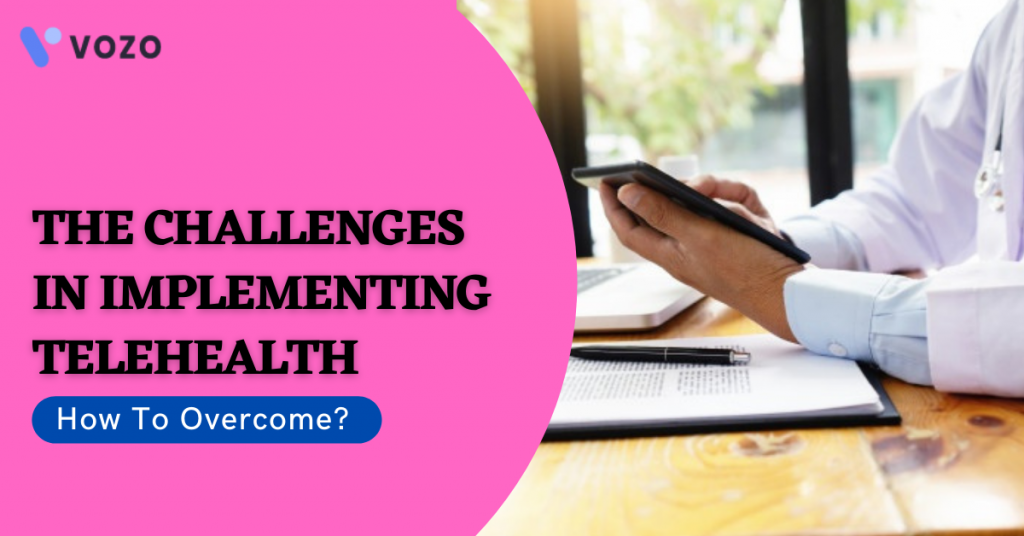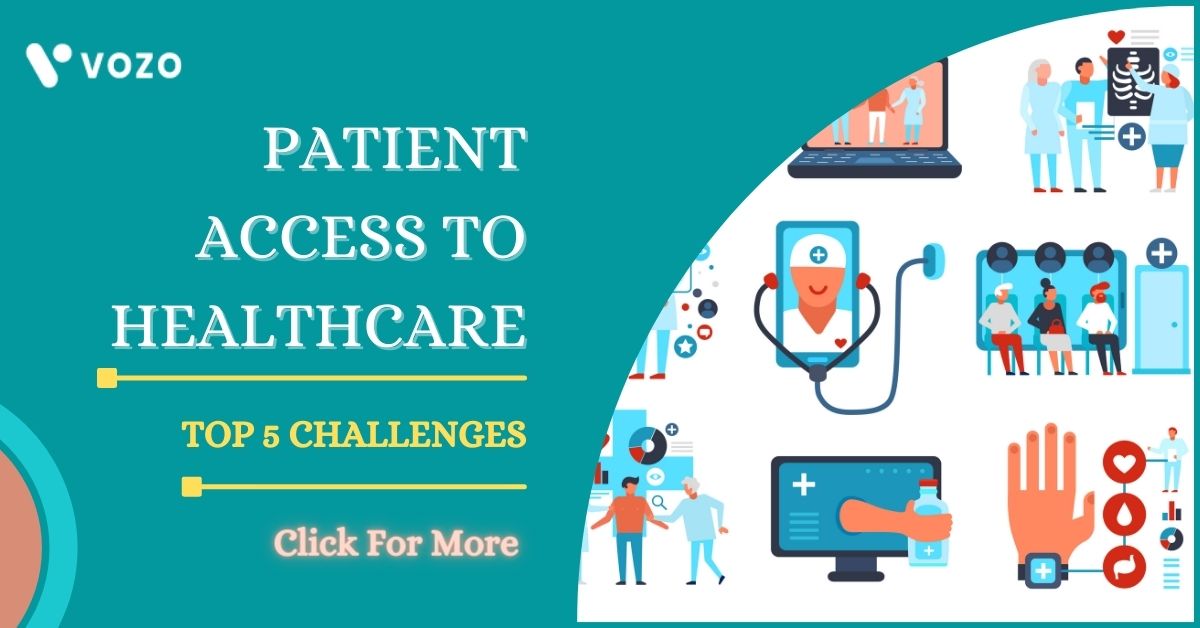Top 5 Challenges Affecting Patient Access To Healthcare
What and all have we not been witnessing in the past few years? On hearing this question, we know that everyone’s mind will directly reach the only important answer – ”COVID-19 pandemic”.
Yes, we saw the world suffering from the pandemic, and we can still see that in any part of the world.
We suffered from leaving our beloved ones behind, we saw people dying without getting proper timely treatments. Yes, it was so heartbreaking for us. Yet we managed and successfully came out of it together and now living along with the pandemic.
There was a major issue created during the pandemic, because of which many people suffered without getting the care they needed at that time.
It was the lack of patient access to healthcare. Oh, that was devastating. When someone had money, they couldn’t get the care they needed. Even when they could get care, it was not reachable due to geographic factors.
Why Patient Access To Healthcare Is Important?
Patient care is so important that even is an integral part of the Affordable Care Act (ACT). Patient access involves scheduling, then registration, financial clearance, and patient collection.
During the pandemic, the services like Remote Patient Monitoring (RPM), Telehealth, Patient Portals, etc, played major roles in reducing the gaps between a patient and the care they needed.
Improving patient access is the basis for good healthcare revenue cycle management. Patient access is so important, that without it, the healthcare industry has no foundation.
We all know the importance of access of patients to healthcare, but despite it, patient care access is unreal for many patients across the country. The issues vary from appointment booking to even delivery of care.
So, here in this article, we are going to focus on the challenges impacting patient access to healthcare.
Challenges Impacting Patient Care
1. Availability of appointments
Getting an appointment with a particular physician is always a problem for patients. Most of the hospitals/organizations follow the 8 am to 6 pm time frame. This mostly affects the working people and school-going children. Either they have to take leave which may result in a salary cut or an absence from school.
Many hospitals/clinics have extended their time frames to meet those people who fit into these criteria.
Also with the pandemic, many restrictions have been made from the side of the organizations to visit a physician. It has resulted in pandemic-focused healthcare.
The number of patient visits per day was limited to a few numbers per hour. This was the major challenge faced by patients and caretakers.
Solution:
But, with the help of Telehealth, these problems were solved to an extent.
It allows patients to receive medical care without being beholden to an office schedule that does not fit the patients’ needs.
2. Staff shortages
Staff shortage is not a simple thing to brush off. Big hospital chains and private and public organizations can onboard staff with ease. But think about the rural areas.
Not only do they have poor access, but they also don’t even have the required number of medical staff in the nearby area.
Such areas may have only one to two hospitals functioning. Recruiting staff to those remote areas may be hard, both for the organization and the physicians, because of various factors.
“Rural residents often encounter barriers to healthcare that limit their ability to obtain the care they need,” according to the Rural Health Information Hub. “For rural residents to have sufficient access, necessary and appropriate healthcare services must be available and obtainable promptly.”
This barrier makes it impossible for patients in rural areas to avail themselves of specialized care.
3. Geographical/transportation barriers
This is a well-known barrier in healthcare. People always tend to seek nearby hospitals for services. Everyone can’t travel long distances just to consult their doctors. Some patients still prefer the old method and that’s why it’s a challenge in accessing quality care.
People avoid long-distance access because of the transportation costs. Everyone cannot afford to buy cars.
And again, this mainly affects the people in rural areas. They cannot travel long distances as they might not have transportation means and money.
This affects their access to healthcare. Especially for disabled patients.
Solution:
Softwares like Remote Patient Monitoring (RPM), Electronic Health Records (EHR), and Electronic Medical Records (EMR) may help healthcare to deliver quality care to patients whom they can’t reach in time, personally.
Also, meal delivery programs and transportation to social services are new avenues to expand the definition of patient access to care that, in time, may prove more return on investment.
4. Lack of care site awareness
This is a common factor that impacts patient access. The lack of awareness about the healthcare sites can make things difficult for patients. Many people do not know the facilities available for them even within their vicinity.
Some people are not aware of where to go for availing a particular service they need. Organizations sometimes tend to forget to clear this obstacle for their patients. It is their equal response in getting the patients to the right type of facility they are looking for.
5. Expensive healthcare
People travel long distances just to go to the government hospitals due to the heavy healthcare costs, opposite to what we said in the geographical challenge. This causes stress and tension among the patients.
Consumers of healthcare – patients are limited to picking a physician within their insurance network.
Due to high costs for services from even general check-ups to specialized consultations, people find themselves choosing between medical care and paying for their rent, food, etc.
Even though through remote monitoring and telehealth people can get quality care, imagine the homeless people.
They would not be in a position to buy even a phone to get access to these facilities. Because they cost way beyond their potential.

Final Thoughts
We hope this blog has shown how our electronic health records system can help your practice improve efficiency, compliance, and patient care. With customizable templates, intuitive workflows, seamless integrations, and robust analytics, our EHR enables your team to spend less time on paperwork and more time focusing on what matters – your patients.
Investing in an advanced EHR is a big decision that pays dividends for years to come in the form of time savings, improved documentation, reduced errors, and more.
Vozo EHR helps you to navigate all the potential challenges and provides exceptional service and technical support to make sure you have no burden in an afforable cost.
Ready to learn more? Try our free trial and know it for yourself. An EHR expert will give you a customized walkthrough based on your specialty, practice size, and specific needs.
About the author

With more than 4 years of experience in the dynamic healthcare technology landscape, Sid specializes in crafting compelling content on topics including EHR/EMR, patient portals, healthcare automation, remote patient monitoring, and health information exchange. His expertise lies in translating cutting-edge innovations and intricate topics into engaging narratives that resonate with diverse audiences.













